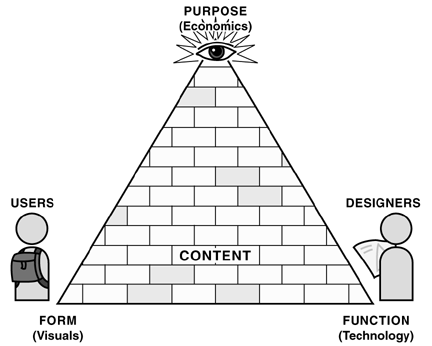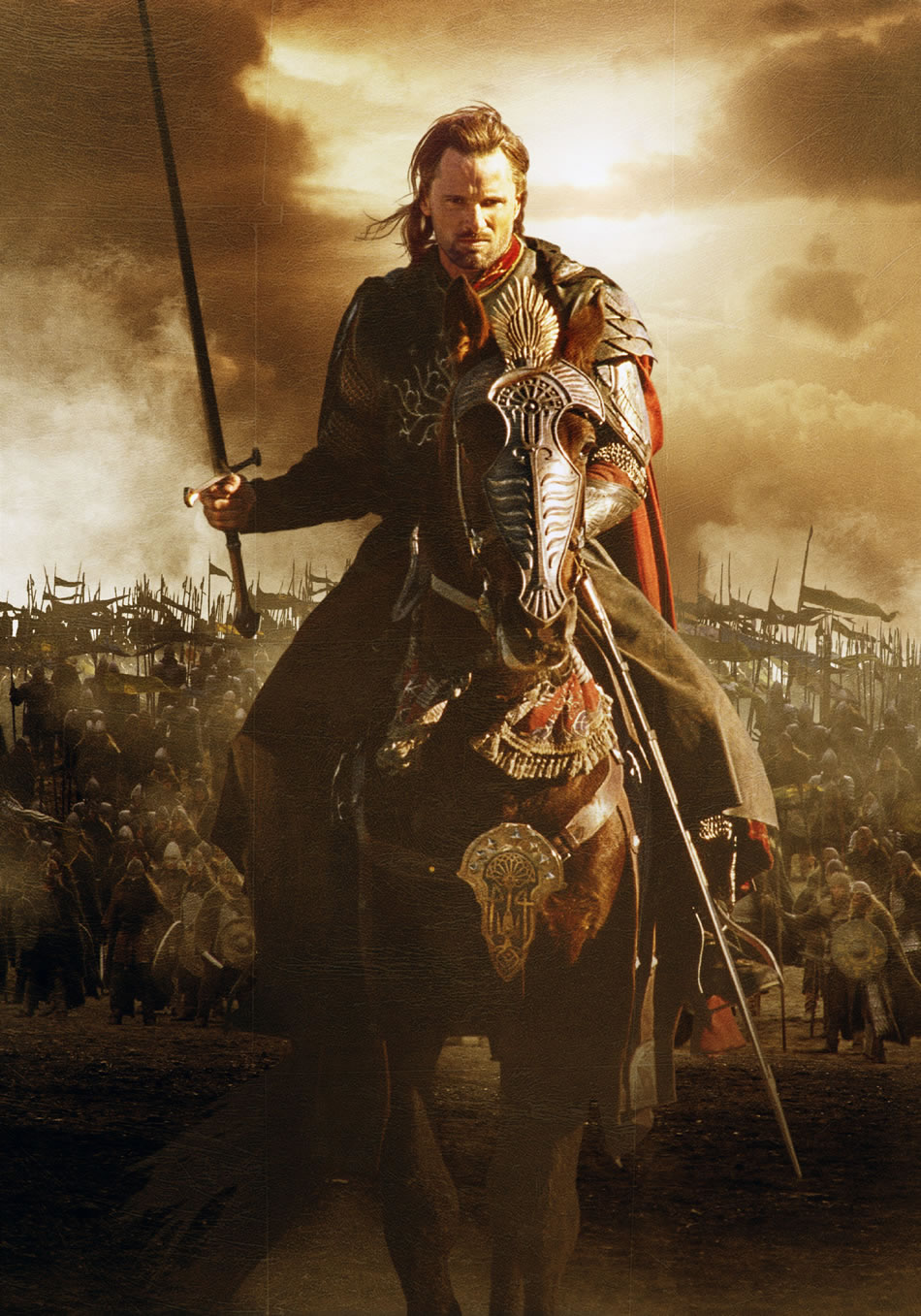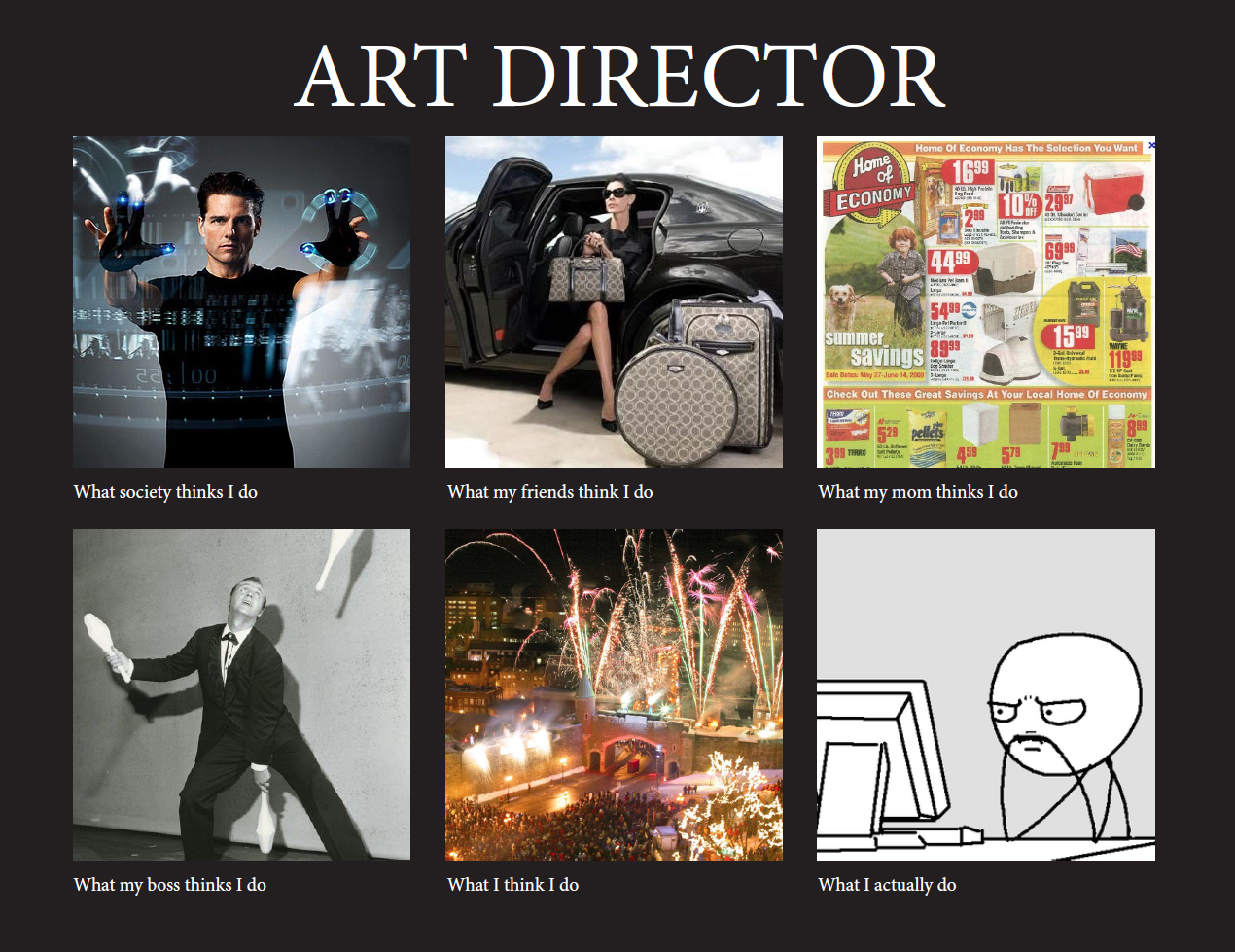End
of Year Review
Before I started on this course, I didn’t really know
what to expect. I’d heard great things about the course, being Skillset accredited,
having students blasting off to places like India and America, I couldn’t wait
to get started! I had an idea of what a game artist did from images and watching
loads of videos on the internet, but I thought it was mostly doing concept art,
digitally and traditionally, which is why I wanted to come to DMU and study
Game Art. However the first couple of weeks into the course we were getting to
grips with a 3D modelling package called “3D Max”, I won’t lie it was very daunting!
I couldn’t seem to get anything done without spending days on end at particular
aspects of the program; I was becoming paranoid of how good other people’s work
was, compared to mine, which dented my confidence levels and even went so far
that I was ready to quit by Christmas. This was made worse by getting stuck on
a technical issue when doing the house project, that couldn’t be solved by
other students and communication with the lecturer broke down, meaning this
project was marked inadequate and I was not able to include it in an end of
year game engine project.
After having a heart to heart with my family over Christmas,
I decided to get on with it! So I made as many friends on the course as
possible, which turned out to be a great move, because not only were they easy
to get on with, they didn’t mind helping me at the things I struggled most with…….3D
Max. By the time February came, I was gradually working more independently and finding
out solutions to problems on my own, which helped me to produce a Ford Transit
Van. It’s amazing to be talking about how much I struggled with the 3D side of
the course when, at this moment in time, I have just handed in a fully textured
post-apocalyptic weapon as my final project for the year. Oh not to mention
putting all of my created assets into UDK, one of the best industry used game
engines! I think the thing that stops me from working sometimes is self-belief;
however I have had so much feedback from my friends in the group and one of the
tutors about how I’ve progressed, it’s definitely increased my self-confidence,
which has ultimately made me enjoy 3D work just that little bit extra.
On the other hand, the traditional side of the course has
been incredible, instead of having lows and highs, such as 3D, I’ve spent the
first year really getting into every project I get set! I’ve always been confident
in scribbling down ideas, about anything, because I can get things across to
people with ease, rather than struggling to say or write my thoughts. Coming
into this first year of visual design with a foundation diploma in Art and
Design, I thought this side of the course would be easy? How wrong could I be, firstly
getting a brief every week for a whole year is ridiculous; sometimes I do rush
or go brain-dead every so often, but because I know I got accepted on this course
for my drawings, that burden never stopped me. However something I have noticed
is that I’m starting to use colour, especially on the most recent projects,
such as; 1970’s character and the Masters Copy project. I think is because some
people in the room are better than me at what I do, which really does push me forward
to experimenting and doing things differently to what I would. Another element
to the traditional part of the course has been life drawing. Like others, I
have done life drawing before on my foundation course so I wasn’t scared by the
sight of naked men or women in the room. Somehow this degree level life drawing
is completely different than what I learnt in the foundation course. This year
I’ve learnt that if you draw with a relaxed hand and get the contour of the
body stance as quickly as possible, it makes your work more fluid and believable,
rather than using measurements to accurately draw a model, which is what I was originally
taught in Foundation.
The only thing that I think needs to happen in the second
year is for lecturer’s/students to start putting on classes for digital art,
because for someone like me, who has never done anything decent on a tablet, doing
tasks traditionally sometimes puts me at a disadvantage compared to others in the
class. An example would be the last task of the year, the Masters copy.
Everybody, I mean literally everybody was using digital painting to enhance
their re-creations, because it only takes them a couple of seconds to use the
colour sample tool, it takes me hours sometimes to mix the correct colour.
Anyway onto the last section, because I’ll end up moaning
about being crap at digital art forever. We have a third part to the course,
named critical studies. Critical study has been surprisingly enjoyable, because
at the introduction to it, when the word “blog writing” was said, I and everybody
else yawned! But without it we would have no knowledge about anything apart
from ourselves and our own work. It really does teach you a lot of very interesting
stuff, such as; learning about Game history (Pac-man through to next-gen games),
and how to write blogs in a new games journalism way, which is hopefully the
direction in which this blog is going. It’s a very lesson to have once a week,
because I bet if Monet got asked about his water lilies painting, he wouldn’t
respond with “I dunno?” That’s the point critical studies is getting across,
that we need to have knowledge about every possible aspect of the game industry
as well as being able to evaluate your own work and other peoples.
Again there has been only one point of concern, and that
is there weren’t any lessons at all a month prior to the deadline, I don’t know
why this was, but I would have liked to have had those lessons, because like I
mentioned they are extremely helpful with my development over the course.
Overall, this year has flown by. I’m ready to start again
next year and push myself even more to try and get the most out of this course,
because “the more effort you put in, the more you’ll get out of it” quote from
the seminar at the beginning of the year. I’ve learnt so much useful
information and techniques from all three parts to the course; I just hope I
don’t forget it all before I start back.








